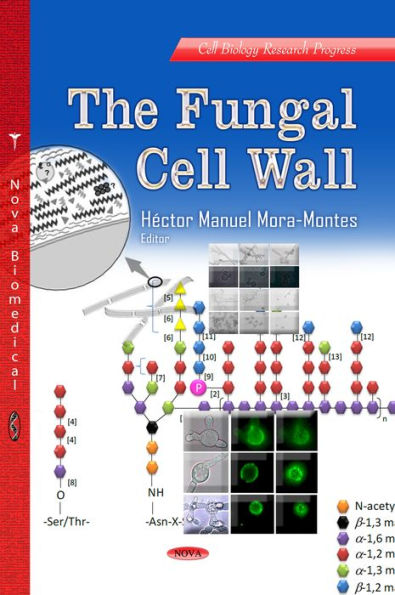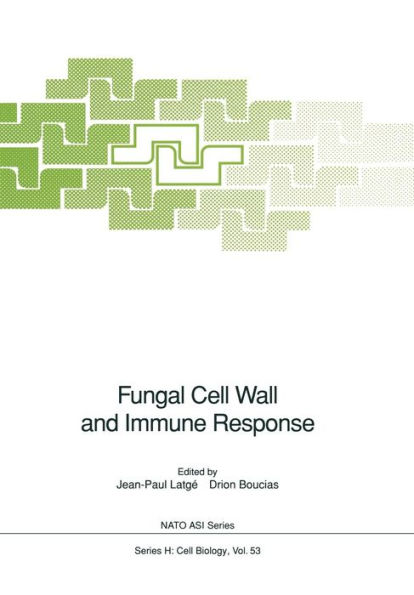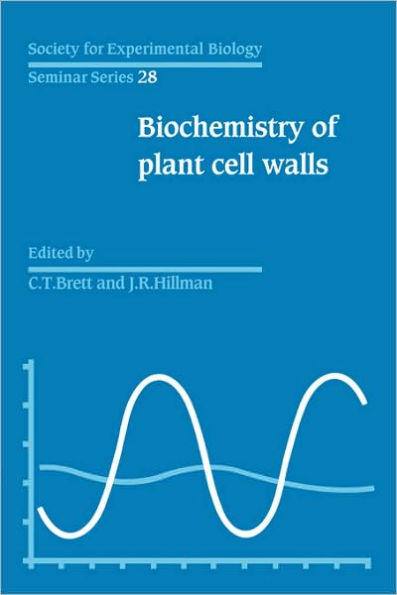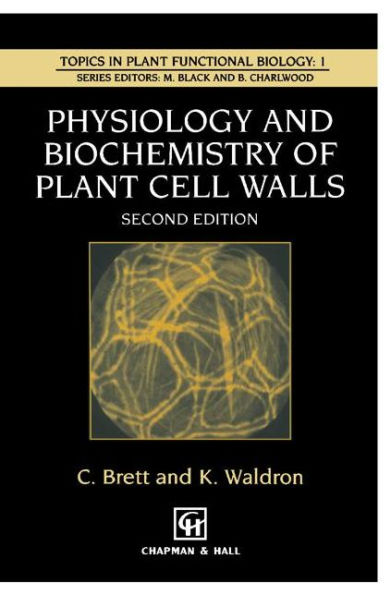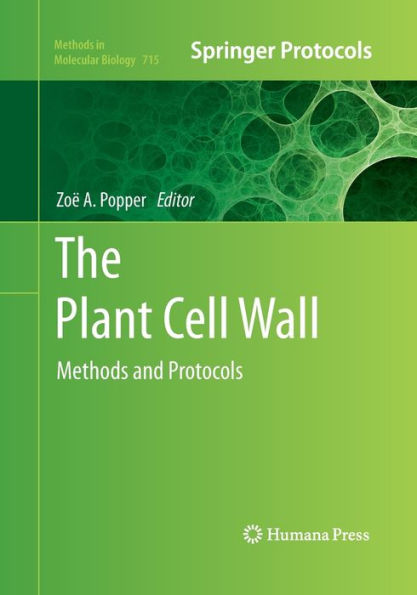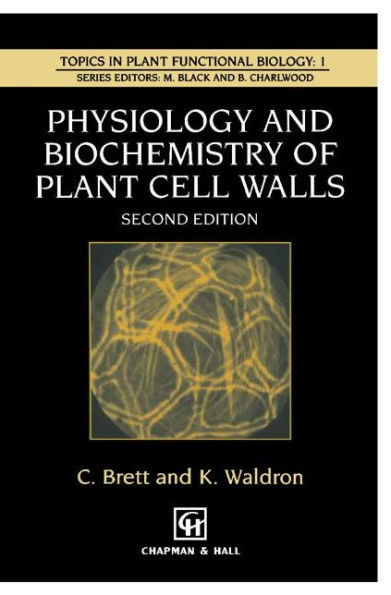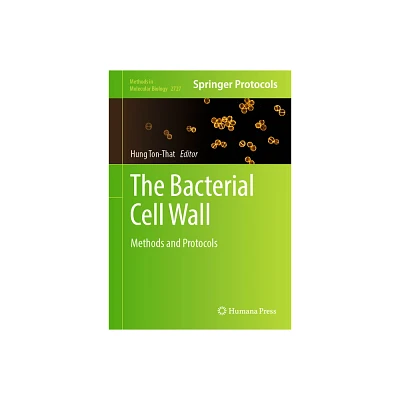Home
Cellulose Biosynthesis Inhibitors as Tools for Research of Cell Wall Structural Plasticity
Loading Inventory...
Barnes and Noble
Cellulose Biosynthesis Inhibitors as Tools for Research of Cell Wall Structural Plasticity
Current price: $49.00


Barnes and Noble
Cellulose Biosynthesis Inhibitors as Tools for Research of Cell Wall Structural Plasticity
Current price: $49.00
Loading Inventory...
Size: OS
*Product Information may vary - to confirm product availability, pricing, and additional information please contact Barnes and Noble
This monograph deals with a heterogeneous group of structurally unrelated compounds, called cellulose biosynthesis inhibitors (CBIs). This group includes dichlobenil, isoxaben, thaxtomin A, flupoxam, triazofenamide, compound 1, CGA 325'615 and AE F150944. Other putative CBIs that inhibit cellulose biosynthesis in a secondary effect, such as quinclorac, ancymidol, coumarin and derivatives, triaziflam, indaziflam, oxaziclomefone and cobtorin are also considered. With the exception of thaxtomin A, the only naturally occurring CBI, the rest of CBIs are synthetic compounds. The mode of action of CBIs is mostly unknown. However, some of them (dichlobenil, isoxaben flupoxam, triaziflam and indaziflam) are used as herbicides, and are included into group L in the Herbicide Resistance Action Committee classification of herbicides (inhibition of cellulose synthesis)
